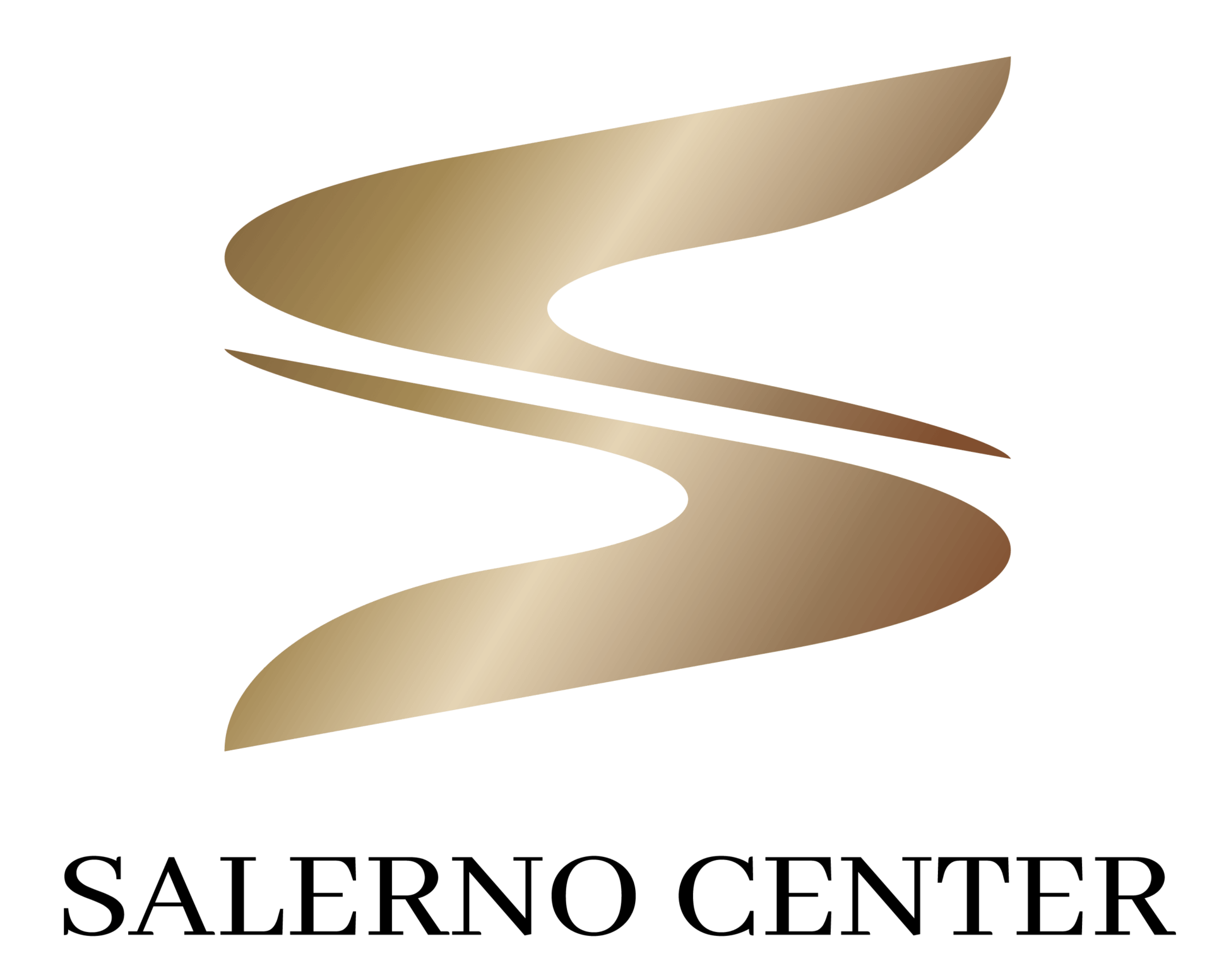VIEW OUR CURRENT SPECIAL OFFERS
Acne & Acne Scar Revision
Fotona offers a laser acne treatment protocol that provides a truly comprehensive solution to the problem of acne. Fotona’s precisely controlled Nd:YAG laser light safely penetrates into skin to effectively target overactive sebaceous glands and to reduce the risk of developing new acne inflammation.
For improving the appearance of acne scars, Fotona offers a complementary laser treatment based on a precise and gentle skin resurfacing procedure in which an Er:YAG laser beam is absorbed by the top micro-layers of the skin to vaporize scarred tissue and stimulate the production of new collagen in the dermis.
Fast results, Without Side-Effects
For active acne, Fotona’s laser treatment reduces acne inflammation through photoselective absorption and controlled heating effects. Fotona’s high powered Nd:YAG laser safely penetrates the skin to an optimal treatment depth to thermally and selectively destroy overactive sebaceous glands.
In addition to its thermal penetration effects, the Nd:YAG acne laser treatment also accelerates the healing process and stimulates collagen remodeling, an important step in the long-term treatment of acne.
Gentle & Effective Acne Scar Revision
For treating problematic acne scars, Fotona’s Er:YAG laser wavelength is ideal for gentle ablative scar revision. The Er:YAG laser safely and effectively provides the minimal penetration depth required for light resurfacing of acne-scarred skin, helping to improve skin texture and tone. Unlike chemical peels and dermabrasion, laser skin resurfacing allows the penetration depth to be precisely controlled. The laser gently vaporizes micron-thin layers of the acne-scarred surface to reveal healthy, undamaged skin below. Laser resurfacing is a fast, safe and simple procedure.
The following dual-wavelength laser systems from Fotona are ideal for providing a full range of acne laser treatments as well as many other skin resurfacing and rejuvenation treatments:
Frequently Asked Question
about Acne & Acne Scar Revision
- Laser treatment for acne and acne scars involves using focused light therapy to either reduce acne bacteria and skin oil production or to improve skin texture by removing damaged skin layers and stimulating collagen production for scar repair.
- Yes, when performed by a qualified professional, laser treatment for pigmented lesions is generally safe. The risk of complications is low, but it’s important to discuss any concerns with your healthcare provider.
- The number of sessions varies depending on the severity of the acne or scars. Typically, 3 to 6 sessions, spaced several weeks apart, are needed for optimal results.
- You’ll wear protective eyewear, and the practitioner will pass the laser handpiece over the targeted area. Sessions can last from 15 minutes to an hour, depending on the area being treated.
- Side effects are generally mild and may include redness, swelling, and slight itching, subsiding within a few days. Rarely, there may be temporary pigment changes or blistering.
- Improvements can sometimes be seen after the first session, but results typically become more apparent after multiple sessions, with continued improvement over several months.
- Laser treatments can be adjusted for different skin types, but a consultation with a qualified practitioner is important to determine the best treatment plan for your specific skin type and condition.
- There is minimal to no downtime. Most patients can resume normal activities immediately, but should follow post-treatment care instructions like avoiding direct sun exposure.
- Laser treatment is considered effective and less invasive compared to treatments like deep chemical peels or dermabrasion. It offers precise control and tailored treatments for specific needs.
- Laser treatment can significantly improve the appearance of acne and acne scars, but it’s not a permanent cure for acne. Ongoing skin care and possibly additional treatments may be necessary for new acne breakouts. Scar improvements are generally long-lasting.
Always consult with a dermatologist or a certified laser treatment professional to discuss your specific condition and understand the risks and benefits of laser treatment for acne and acne scars.





